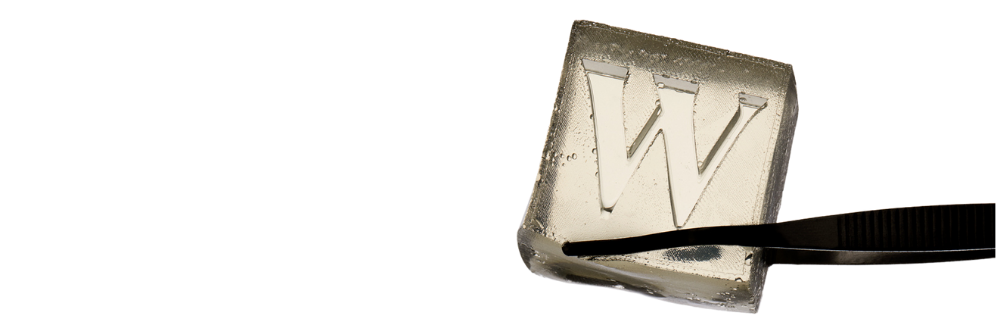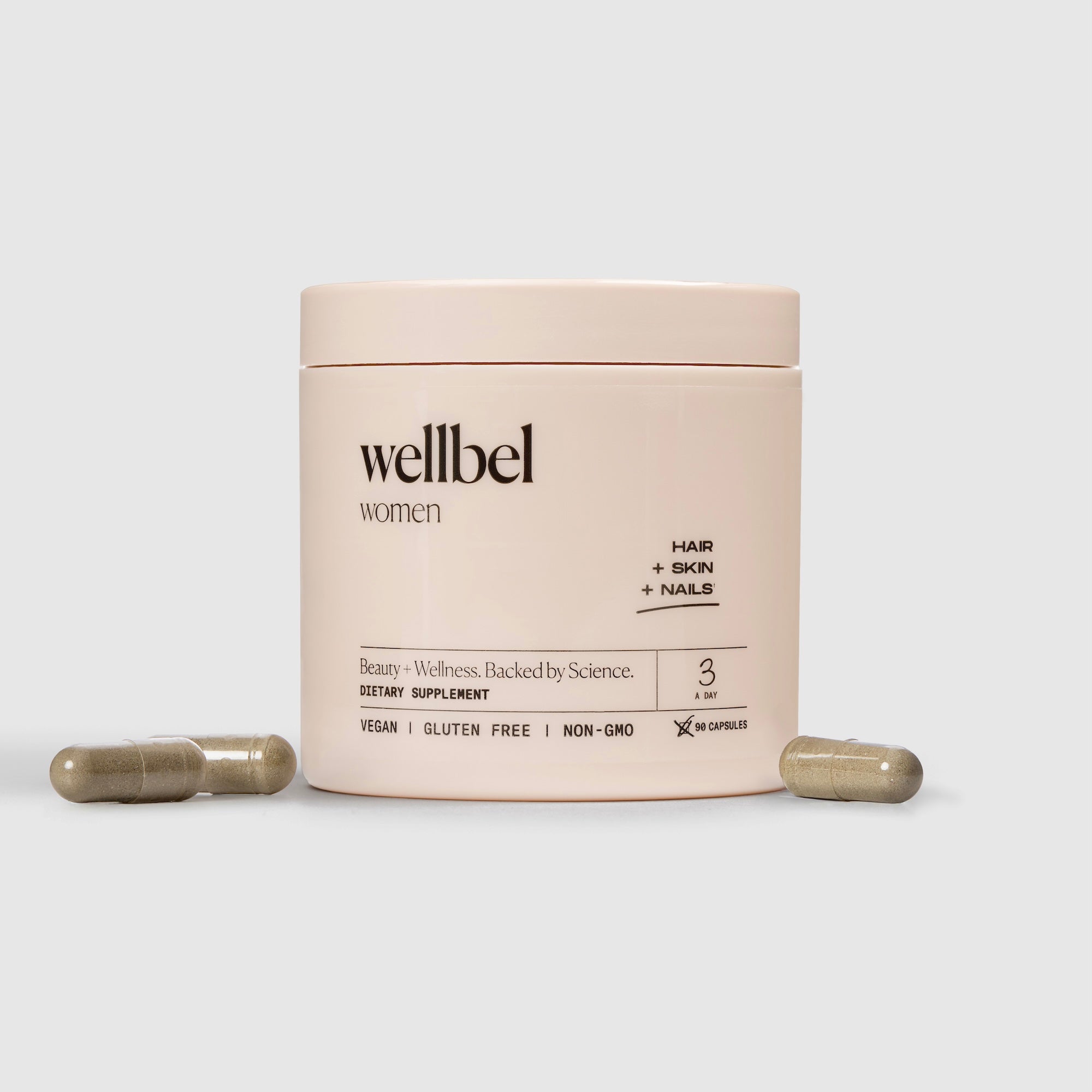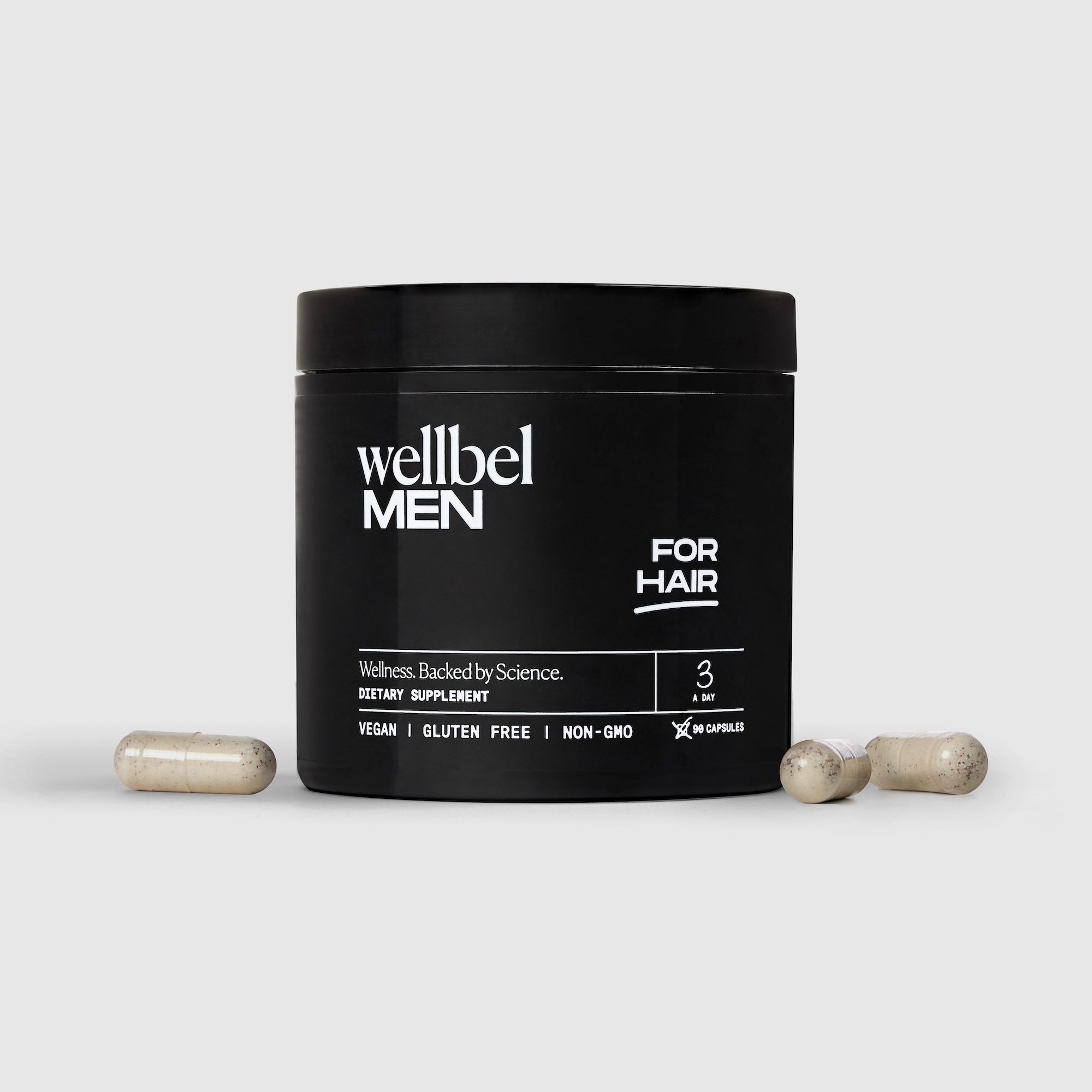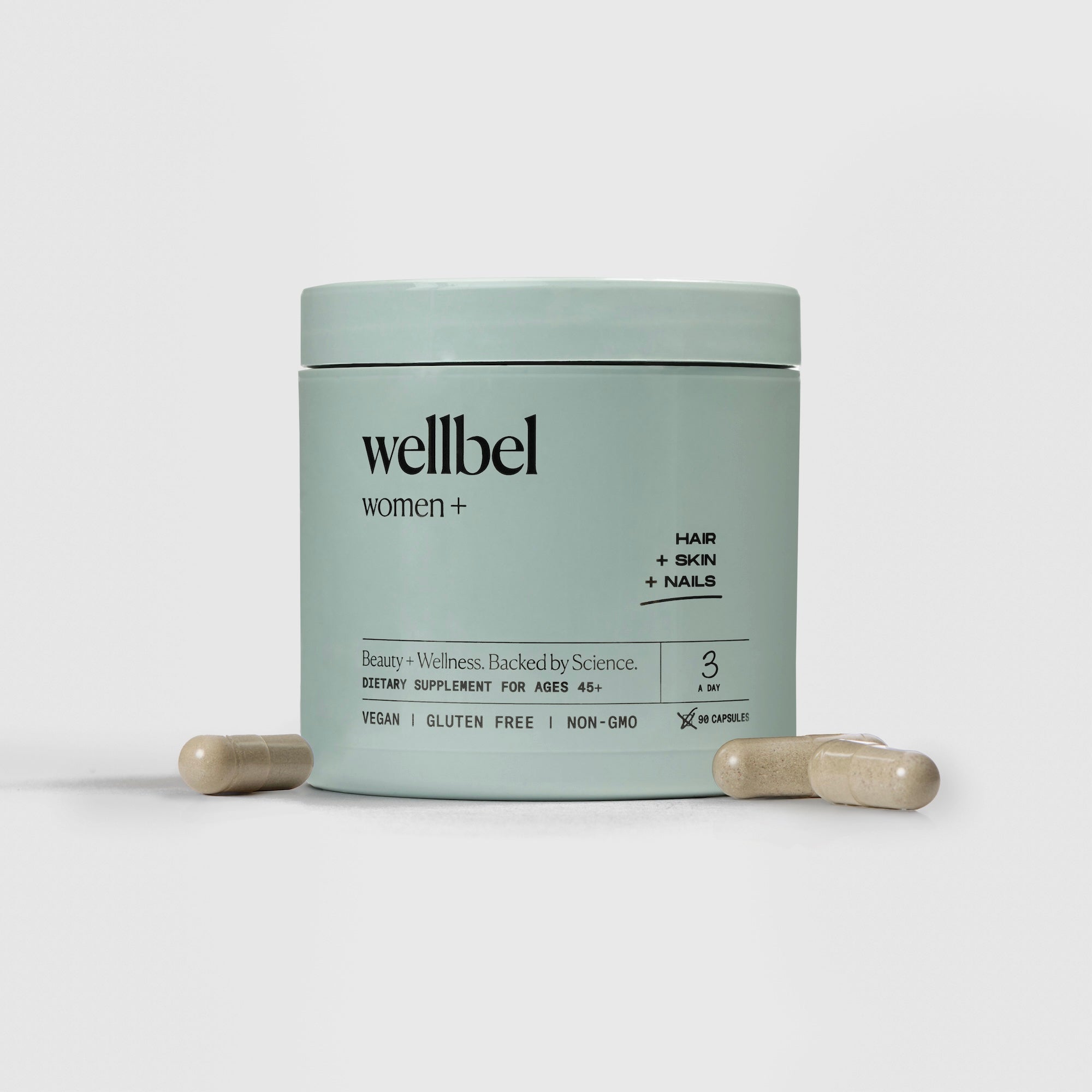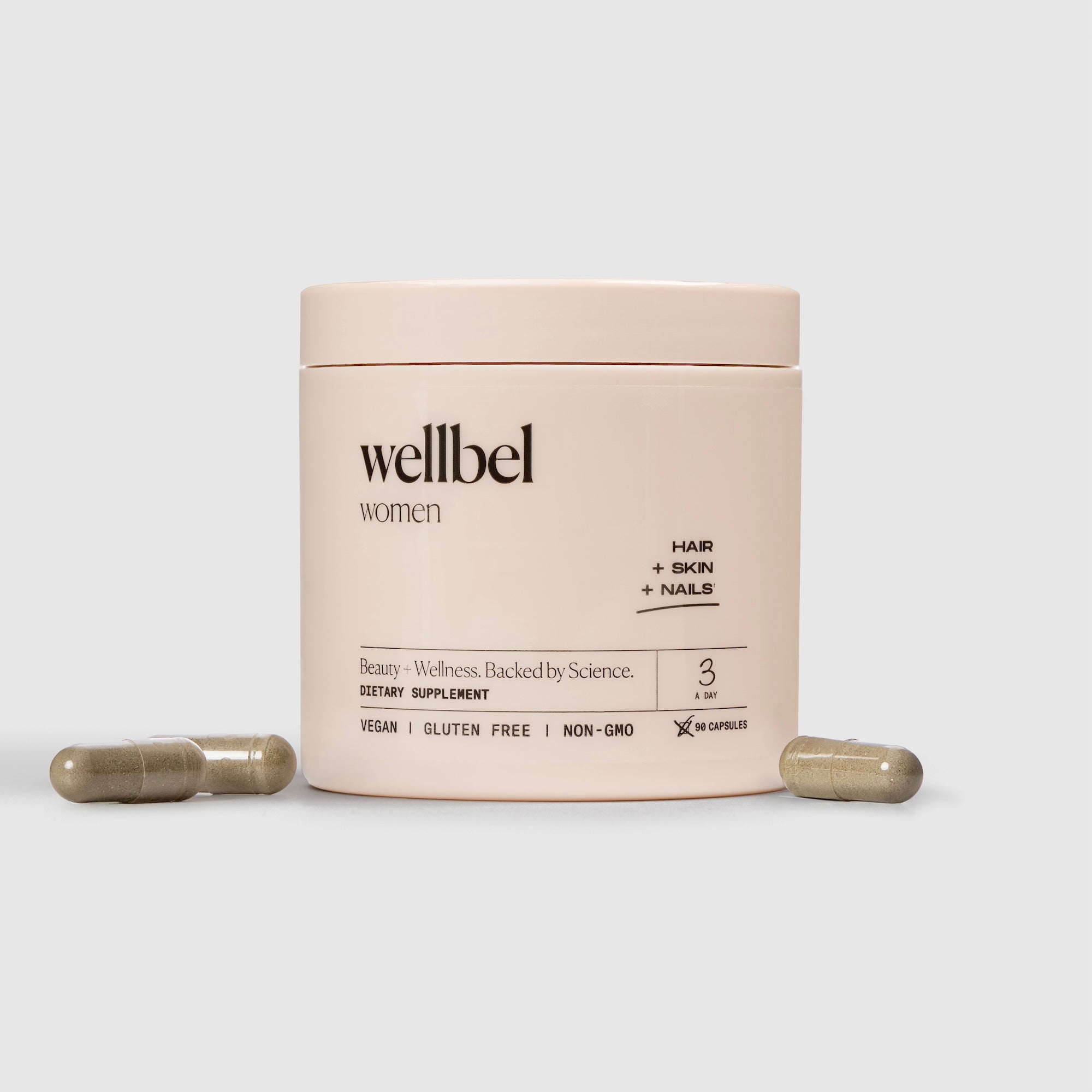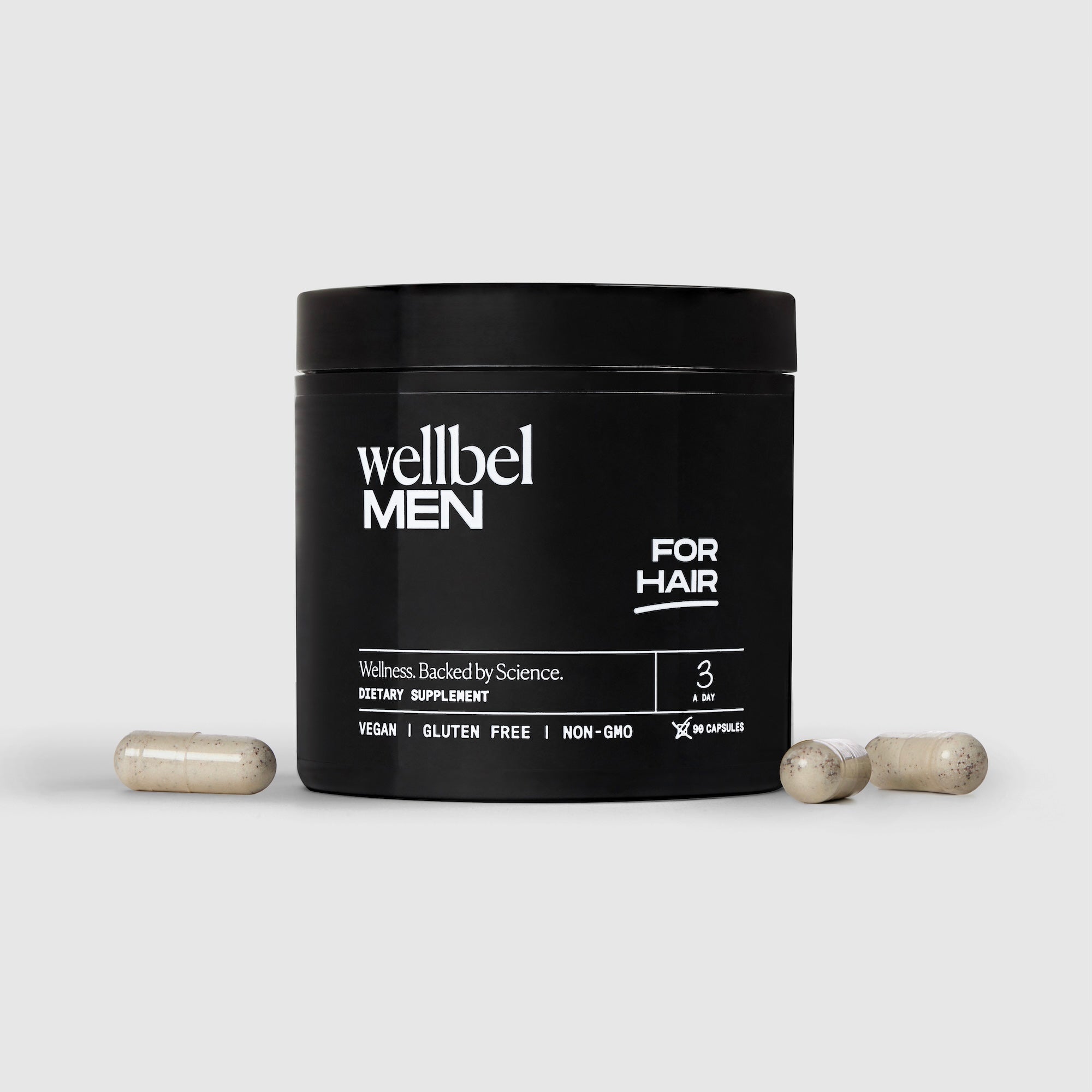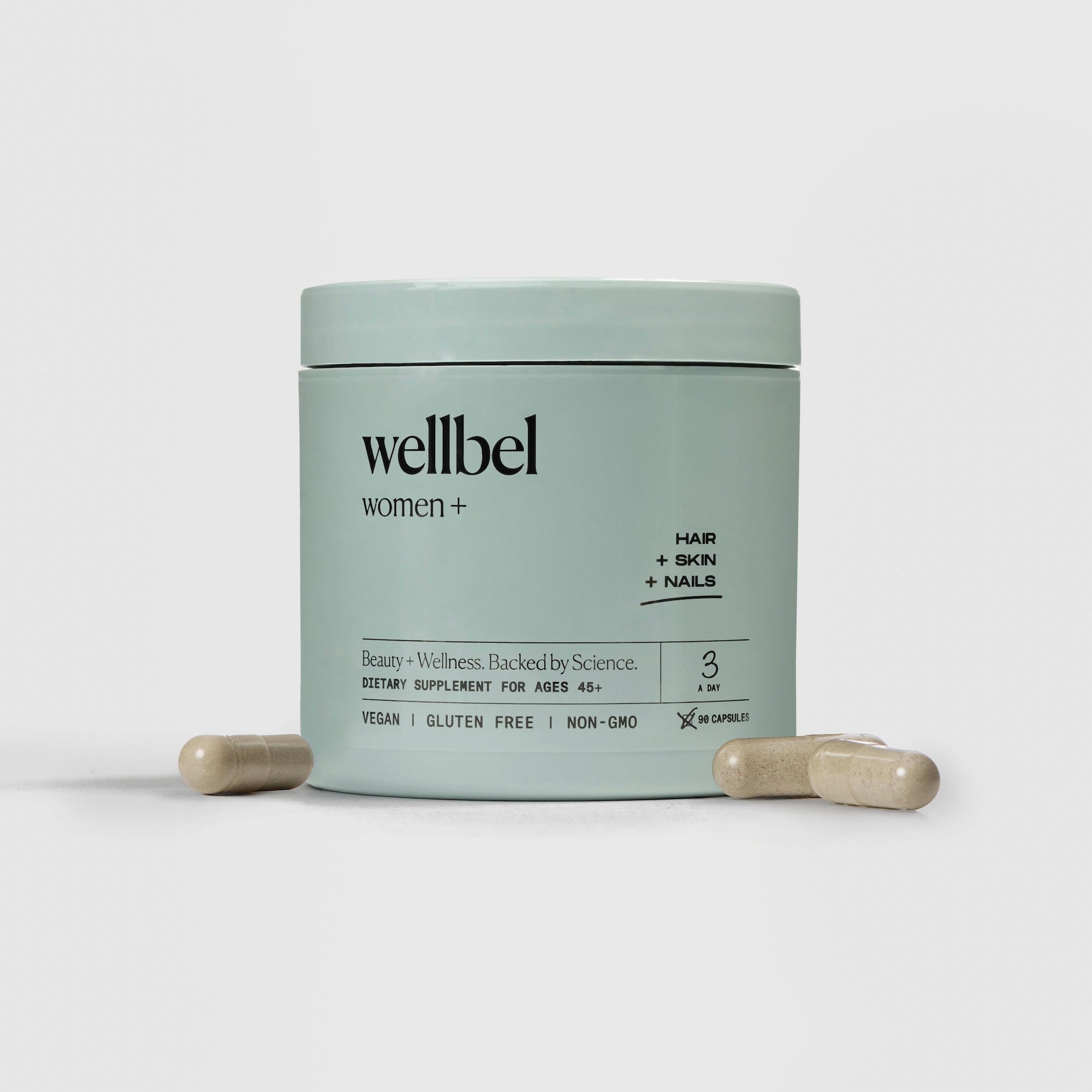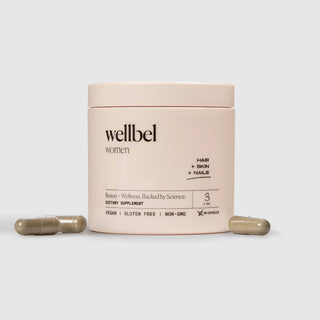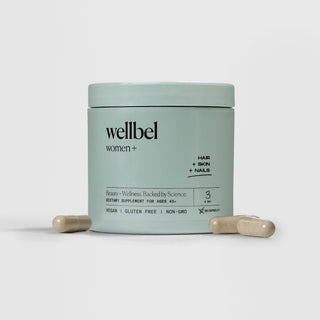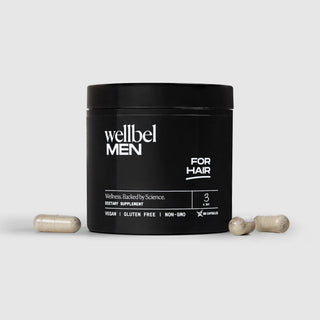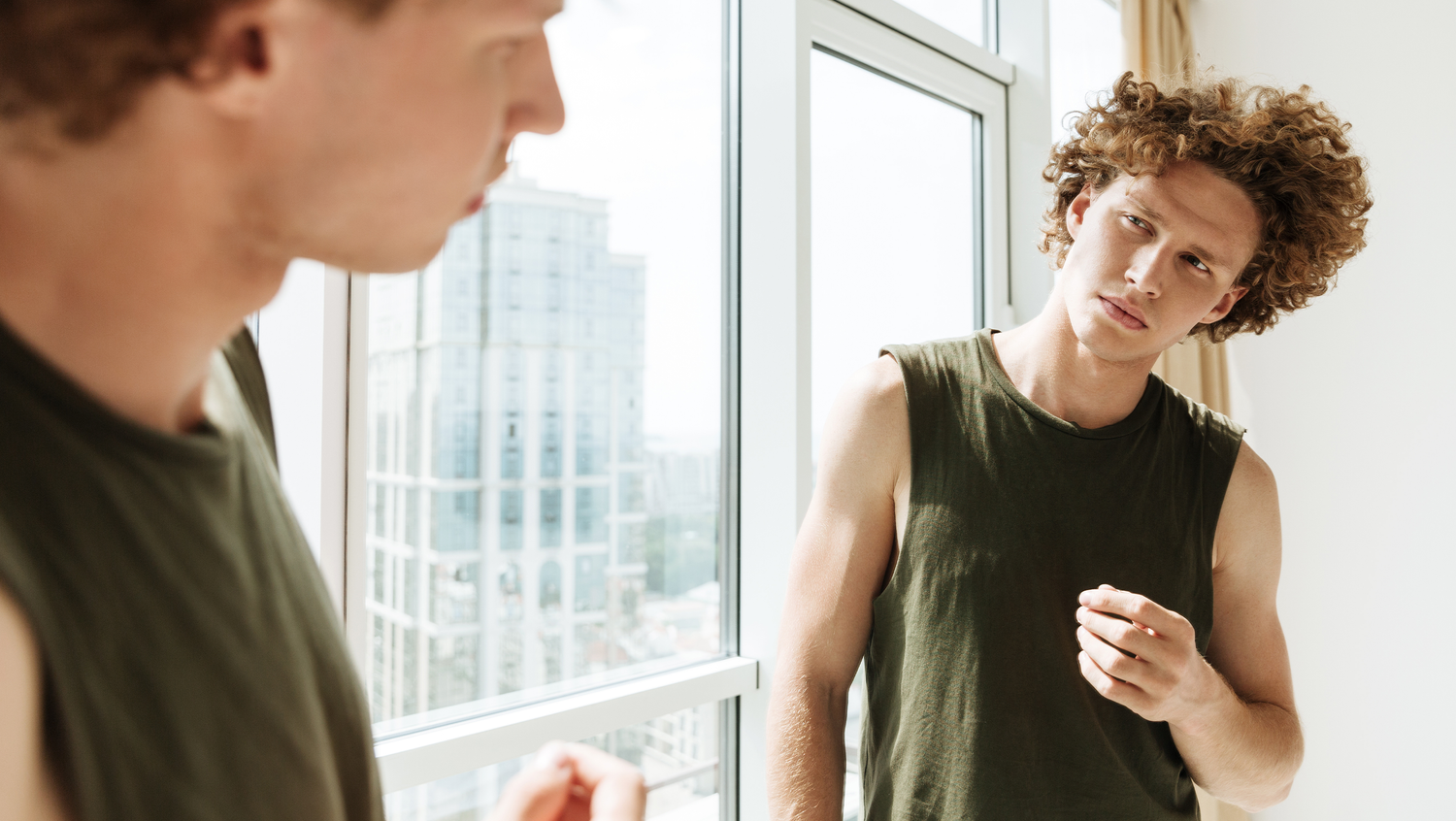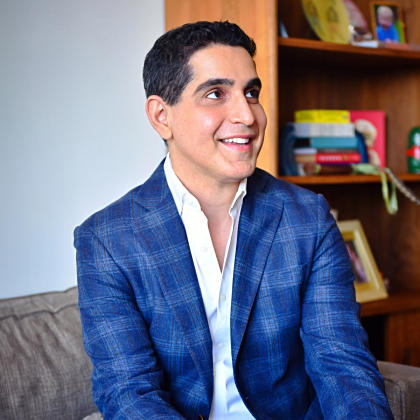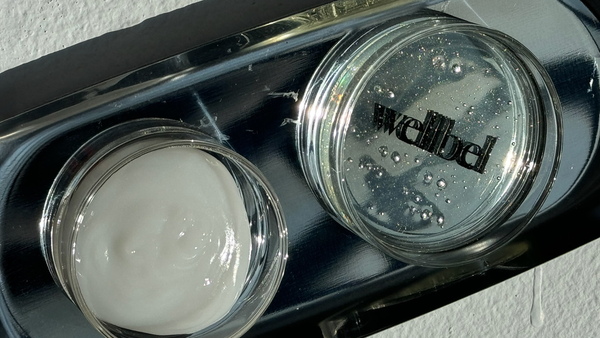How to Fix a Receding Hairline
Maybe you run your fingers through your hair and notice the top feels a bit… thinner. Or maybe you look in the mirror one morning and wonder if your part is looking a little wider. And, of course, the question emerges: do I have a receding hairline?
The answer? You might! Nearly 50% of both men and women experience a receding hairline at some point in their life, though the way these manifest looks a little different depending on your gender. Fortunately, while hairline recession is a type of hair loss, there are a variety of treatment options—both medical and non-medical—that can stimulate healthy hair growth or even regrowth.
What is a receding hairline?
Receding hairline is a form of hair loss that is also known as male/female pattern baldness or male/female pattern hair loss.
Like the name implies, with a receding hairline, you’ll notice the places where your hair used to grow shift back. Men typically notice that the hair follicles towards the front of their heads stop producing new hair, causing their hairline to "recede" backward.
Receding hairlines can happen to people of all ages, races, genders, and hair types, though it’s most common in white people.
Signs of a receding hairline
The first signs of a receding hairline differ depending on if you’re a man or a woman.
Receding hairlines in men
For men, the first sign of a receding hairline is often thinning hair around the temples, which gives your overall hairline an M, V, or U shape when you look at it from the top.
Many men notice these first signs in their 30s or 40s, but they can happen any time after puberty, even as early as your 20s.
Receding hairlines in women
While men tend to notice hair receding in the front around the temples, for women, the first signs of receding hairline are in the part area. Over time, fuller hair becomes thinner, leading to a noticeable widening of the part. Women may also notice thinning hair in their eyebrows as well.
Receding hairlines in women tend to come on in the years following menopause, as the body experiences hormonal imbalances, particularly when it comes to estrogen.
Causes of a receding hairline
Genetic factors play the biggest role when it comes to receding hairlines. Certain people are born with a genetic predisposition to hormonal sensitivity, particularly the hormone DHT. This means that even normal levels of DHT in the body will cause your hair follicles to shrink. Initially, this shrinking will result in a gradual thinning of hair, but over time, the shrinking will become so drastic that hair no longer grows from those follicles, resulting in hairline recession, frontal baldness, or widening parts.
However, genetics aren’t the only factor. Of course, age plays a role. As individuals age, the hair becomes lighter, brittle, and more prone to breakage and shedding.
Lifestyle factors contribute to certain types of hair loss, including receding hairline. These include elevated stress levels or chronic stress, dietary deficiencies, prescriptions for certain medical conditions, and some daily hair care practices.
How is a receding hairline diagnosed?
A dermatologist or other medical professional can help you determine what might be causing your hair loss and how you can manage or even reverse it. During the appointment, they may ask you about your medical history, take samples of your hair or blood, and perform what's called a "pull test" to test for active hair loss.
Receding hairline treatments
Many people feel self-conscious about their receding hairline. If you are one of them, know that there are many effective treatment options that can slow the process of hair loss or even effectively regrow hair.
Your doctor’s treatment recommendations, whether medical or non-medical, will often depend on the type and degree of hair loss you’re experiencing. The degree of hair loss is measured on something called the Norwood Scale, with Stage 1 being the lightest and Stage 7 being the most severe.
Medical treatments
Medical hair loss treatments, such as prescription medications, low-level laser therapies, or even hair transplant surgeries, are often reserved for the most severe cases of noticeable hair loss.
Your doctor will be able to recommend the most appropriate treatment for you and advise you of all potential costs and side effects.
Medications
There are many prescription medications you can take for hair loss, even hereditary hair loss. These include:
-
Topical treatments that you put directly on your scalp and helps stimulate hair growth
-
Oral medications that slow the rate of hair loss
-
Medications that inhibit androgens (aka sex hormones that can destroy hair follicles)
-
Antifungal medications that can clear scalp infections that may be contributing to hair loss
Red light therapy
Red light therapy, also known as low-level light therapy, is a non-invasive treatment option that uses red or near-infrared lasers. This type of treatment was initially used to treat dark spots and other signs of aging on the skin, but it’s now also being used to stimulate hair growth.
Light therapy can be done in a doctor or dermatologist's office, and there are also caps or helmets you can buy online that allow you to do it at home. Know, though, that the science behind this is inconclusive. Some studies show that light therapy helps hair to regrow; others don't.
Hair transplants
Hair transplants are the most invasive form of treatment for hair loss. They are a traditional transplant in that they’re a surgery where new hair is grafted onto your head.
Though the hope is that this treatment is permanent, not all grafts will stick. The hair transplant procedure is also painful and expensive. Some estimates place the surgery as high as $15,000, and the cost isn’t covered by insurance.
Non-medical treatments
When a pattern of hair loss is noticed early, it can often be mitigated with the help of non-medical treatments like changes in diet, scalp massages, stress management, and daily supplements.
Dietary changes
Nutritional deficiencies can affect healthy hair growth. A healthy diet rich in protein, biotin, folate, healthy fats, and beta-carotene is one of the best things you can do to support a fuller head of hair. Foods that contain these essential nutrients include:
-
Eggs
-
Lean meats
-
Leafy greens like spinach
-
Sweet potatoes
-
Avocadoes
-
Nuts
As best you can, avoid drinking too much alcohol and eating fried foods or foods high in refined sugar, as they can alter your hormones, which can affect your hair growth cycle.
Quit smoking
Like diet, this healthy habit has a lot of positive side effects, with healthier hair growth being just one of them.
Smoking has been shown to decrease blood flow to the scalp and increase oxidative stress to hair follicles, which can cause hair to thin or even stop growing altogether.
Scalp massages
Scalp massages help to stimulate blood flow in the scalp, which can promote thicker hair and better overall hair health. A study in 2017 found that men who massaged their scalps for 4 minutes a day saw thicker hair in just a few months.
Stress management
Stress has all kinds of negative effects on the body: poor sleep, weight gain, decreased immune function, and (you guessed it) thinning hair or even hair loss.
If you’re concerned about your stress levels, talk to your doctor about stress management techniques you can try. Remember that what works for one person may not work for you, but don't lose hope. Keep trying until you find something that works for you, be it exercise, meditation, or talk therapy.
Hair care alterations
Certain care practices like skipping conditioner, brushing your hair while it's wet, using heat-based styling tools, and using products with harsh chemicals can all contribute to excessive shedding or even temporary hair loss.
Making small changes when it comes to your hair care routine can often make a big difference, as can your choice of hairstyle. Especially for women concerned about receding hairlines, avoid tight ponytails or buns, as these can pull on already brittle hair.
Swapping shampoos & conditioners
Believe it or not, you can actually be allergic to your shampoo or conditioner. This can irritate your scalp and cause your hair to fall out. In these cases, swapping out your shampoo and conditioner for gentler, more nourishing options can help.
There are also shampoos specifically designed to prevent and mitigate hair loss. They contain ingredients like saw palmetto and ketoconazole, which have been shown to neutralize the negative effects of the hormone DHT on your scalp.
Hair-supporting supplements
While a balanced diet is one way to get hair-supporting nutrients, if you’re particularly concerned with hair health, you may want to consider a daily supplement that contains protein, biotin, and folate. Just remember that not all supplements are created equally. Look for one that’s based on science, doctor-formulated, and free of GMOs.
Wellbel for Receding Hairlines
Wellbel gets to the root of thinning, brittle, or receding hair by giving your body the nutrients it needs. Formulated by a triple-board certified doctor, our supplements nourish thinning hair and promote healthy hair. And the better skin and nails? Well, those are just a bonus.
We have special formulas specifically for men, women, and women over 45 and dozens of real testimonials you can read and watch for yourself. The best thing about Wellbel? There's nothing to lose! All our products come with a 90-day money-back guarantee.
